
All categories
Featured selections
Trade Assurance
Buyer Central
Help Center
Get the app
Become a supplier

(1051 products available)
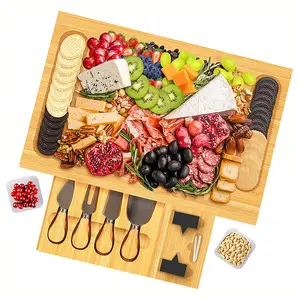




















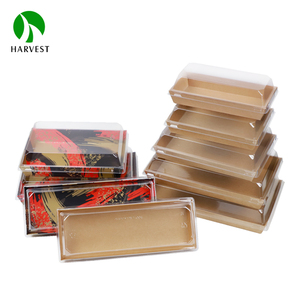
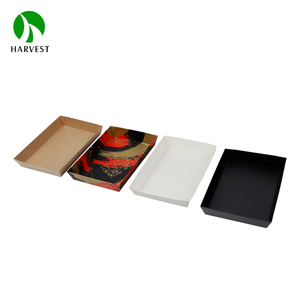
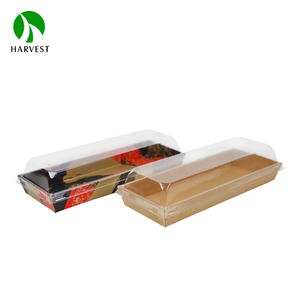
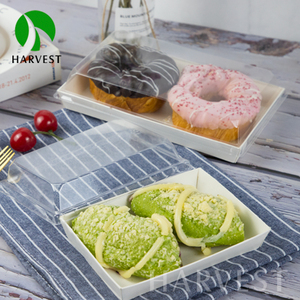
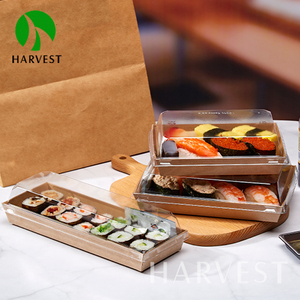
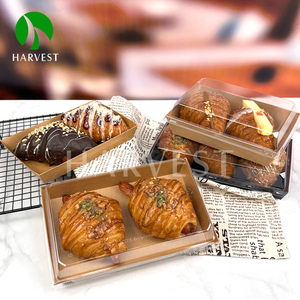

























making charcuterie boards are essential tools in any kitchen, offering a sturdy surface for food preparation. These durable items are designed to protect countertops while providing a practical and hygienic space for cutting and chopping various ingredients. Available in a range of materials, sizes, and designs, making charcuterie boards cater to diverse culinary needs and preferences. Whether for professional chefs or home cooks, they serve as indispensable assets in the kitchen, enhancing both functionality and aesthetic appeal.
The market offers a variety of making charcuterie boards tailored to different cooking styles and requirements. Common types include wooden, plastic, bamboo, and composite chopping blocks. Wooden chopping blocks are favored for their robustness and natural aesthetic, often made from hardwoods like maple or walnut, which resist knife marks and provide a stable cutting surface. Plastic chopping blocks, on the other hand, are lightweight and easy to clean, making them ideal for everyday use. Bamboo chopping blocks are appreciated for their eco-friendly properties and durability, offering a sustainable alternative to traditional wood. Composite chopping blocks combine materials like resin and wood fibers, providing a durable and non-porous surface that is gentle on knives and easy to maintain. Each type of making charcuterie boards has unique characteristics, ensuring there is an option for every culinary need.
making charcuterie boards are designed to enhance kitchen efficiency and hygiene. Their primary function is to provide a stable surface for cutting, slicing, and dicing ingredients, protecting countertops from damage. Features such as juice grooves, non-slip bases, and antimicrobial properties contribute to their functionality. Juice grooves help contain liquids from meats and fruits, preventing spills and facilitating easy cleanup. Non-slip bases ensure stability during use, reducing the risk of accidents. Some making charcuterie boards incorporate antimicrobial materials to inhibit bacterial growth, promoting a healthier cooking environment. Additionally, the varying sizes and thicknesses of chopping blocks accommodate different culinary tasks, from chopping vegetables to preparing large cuts of meat.
The production of making charcuterie boards involves a careful selection of materials, each offering distinct advantages. Wooden chopping blocks are crafted from dense hardwoods, which provide a solid and durable surface resistant to knife marks. Plastic chopping blocks utilize high-density polyethylene, known for its lightweight and easy-to-clean properties. Bamboo chopping blocks are constructed from compressed bamboo fibers, offering a sustainable and strong surface that is naturally antimicrobial. Composite chopping blocks blend materials like resin and wood fibers, resulting in a non-porous and durable surface. The choice of material impacts the chopping block's longevity, maintenance requirements, and suitability for different types of food preparation. As environmental concerns rise, manufacturers are increasingly focusing on sustainable materials, ensuring making charcuterie boards are eco-friendly and safe for kitchen use.
Effectively utilizing making charcuterie boards involves understanding their features and maintenance needs. To ensure optimal performance, select the appropriate size and material based on the type of food being prepared. Regularly clean the chopping block with hot, soapy water and disinfect with a mild bleach solution to prevent bacterial growth. Avoid using harsh cleaning agents that may damage the surface. For wooden chopping blocks, apply mineral oil periodically to maintain their condition and prevent drying or cracking. When using the chopping block, ensure it is placed on a stable surface to prevent slipping. Utilize the chopping block's features, such as juice grooves, to manage spills and enhance workflow in the kitchen. Proper care and maintenance of making charcuterie boards will extend their lifespan and ensure a safe and efficient cooking environment.
When selecting making charcuterie boards for your culinary space, several factors should be taken into consideration to ensure you make an informed decision. The material of the chopping block is one of the most critical aspects. Wooden chopping blocks, often made from hardwoods like maple or walnut, offer durability and aesthetic appeal, while bamboo options provide an eco-friendly alternative. Plastic chopping blocks are lightweight and easy to sanitize, making them ideal for everyday use. Composite chopping blocks, combining resin and wood fibers, provide a non-porous surface that is gentle on knives. Consider the material's impact on maintenance and longevity when choosing your making charcuterie boards .
Size and thickness are also important criteria when selecting making charcuterie boards . Larger chopping blocks are perfect for preparing substantial meals or handling large cuts of meat, while smaller sizes are more convenient for quick tasks or limited counter space. The thickness of the chopping block contributes to its stability and durability; thicker blocks tend to resist warping and provide a solid cutting surface. Evaluate your kitchen space and typical cooking tasks to determine the optimal size and thickness for your needs.
Maintaining wooden making charcuterie boards requires regular cleaning and conditioning. Clean them with warm, soapy water after use, and periodically apply mineral oil to keep the wood hydrated and prevent cracking. Avoid soaking wooden blocks in water, as this can lead to warping. Ensure they are thoroughly dried before storing to prolong their lifespan.
Bamboo making charcuterie boards are considered more sustainable due to the rapid growth rate of bamboo plants, which require fewer resources than hardwoods. Additionally, bamboo is naturally antimicrobial, reducing the need for chemical treatments. However, sustainability also depends on manufacturing practices, so it's beneficial to choose brands that prioritize eco-friendly production.
Composite making charcuterie boards are designed to be gentle on knives, often featuring a non-porous surface that minimizes dulling. However, it's important to ensure the block's surface is smooth and free from imperfections that could harm knife edges. Regularly inspect your chopping block for wear and address any issues promptly.
Juice grooves in making charcuterie boards serve as channels to collect liquids from fruits, vegetables, or meats, preventing spills and facilitating clean-up. This feature is particularly useful when handling juicy ingredients, as it keeps work surfaces tidy and reduces the risk of cross-contamination.
Antimicrobial making charcuterie boards provide an added layer of hygiene by inhibiting bacterial growth on the chopping surface. This can be particularly beneficial in busy kitchens where thorough cleaning might not always be feasible. Such properties contribute to a safer cooking environment and can help prevent foodborne illnesses.